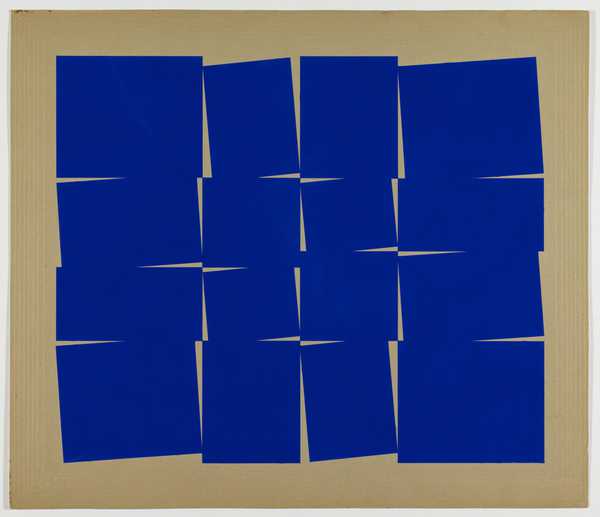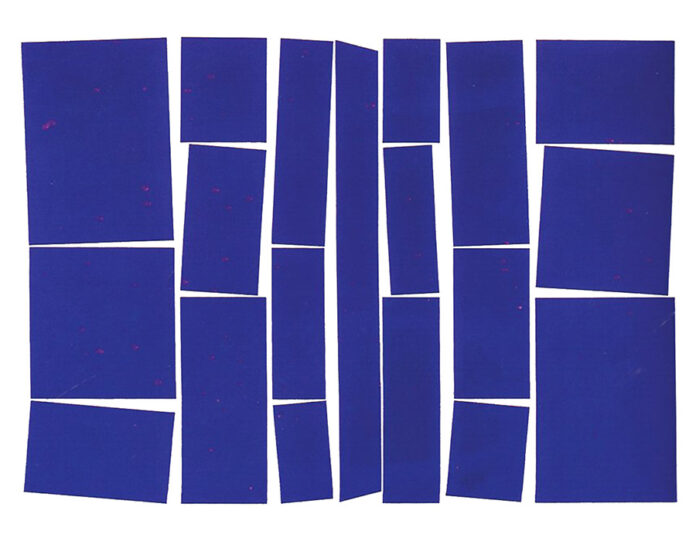Hélio Oiticica: The Revolutionary Vanguard of Brazilian Art
In the realm of Brazilian art, few names resonate with as much avant-garde brilliance as Hélio Oiticica. Born in 1937 in Rio de Janeiro, Oiticica was a visionary artist whose groundbreaking works challenged the very boundaries of artistic expression, propelling Brazil’s cultural landscape into uncharted territories.
From an early age, Oiticica displayed an insatiable curiosity and a relentless drive to push the limits of creativity. His formative years were spent immersed in the vibrant intellectual circles of Rio, where he engaged with the ideas of modernist thinkers and artists, laying the foundation for his own revolutionary aesthetic.

It was in the late 1950s that Oiticica’s artistic journey took a radical turn, as he began to question the traditional confines of painting and sculpture. Rejecting the constraints of the canvas and the pedestal, he embarked on a quest to create art that transcended the boundaries of physical space, inviting viewers to become active participants in the artistic experience.
One of Oiticica’s most iconic works, the “Parangolés,” exemplified this radical shift. These wearable sculptures, constructed from vibrant fabrics, plastics, and found materials, were meant to be donned and danced in, transforming the viewer into a living, breathing extension of the artwork itself. The “Parangolés” challenged the very notion of art as a static, passive entity, inviting viewers to engage with the work on a visceral, multi-sensory level.
Oiticica’s innovations didn’t stop there. His “Penetráveis” were immersive environments constructed from various materials, inviting viewers to physically enter and explore the space, blurring the lines between art and life. These installations were not mere visual spectacles but rather multidimensional experiences that engaged all the senses, challenging the viewer’s perceptions of reality and the very nature of artistic expression.
Throughout his career, Oiticica remained a tireless experimenter, constantly pushing the boundaries of his craft. He collaborated with poets, musicians, and dancers, exploring the intersections of various artistic disciplines and creating works that defied categorization. His influence extended far beyond the confines of Brazil, inspiring generations of artists around the world to rethink the role of art in society and its potential to transform human experience.
Tragically, Oiticica’s life was cut short in 1980, but his legacy lives on, a testament to the power of creativity and the indomitable spirit of the Brazilian avant-garde. His works continue to challenge and inspire, serving as a reminder that art is not a static endeavor but a living, breathing force that has the power to reshape our perceptions and push the boundaries of human expression.
In the annals of Brazilian art, Hélio Oiticica stands as a revolutionary vanguard, a fearless innovator who dared to dream beyond the confines of convention. His visionary works continue to resonate, inviting us to explore the depths of our senses and experience the world anew through the lens of his boundless creativity.




